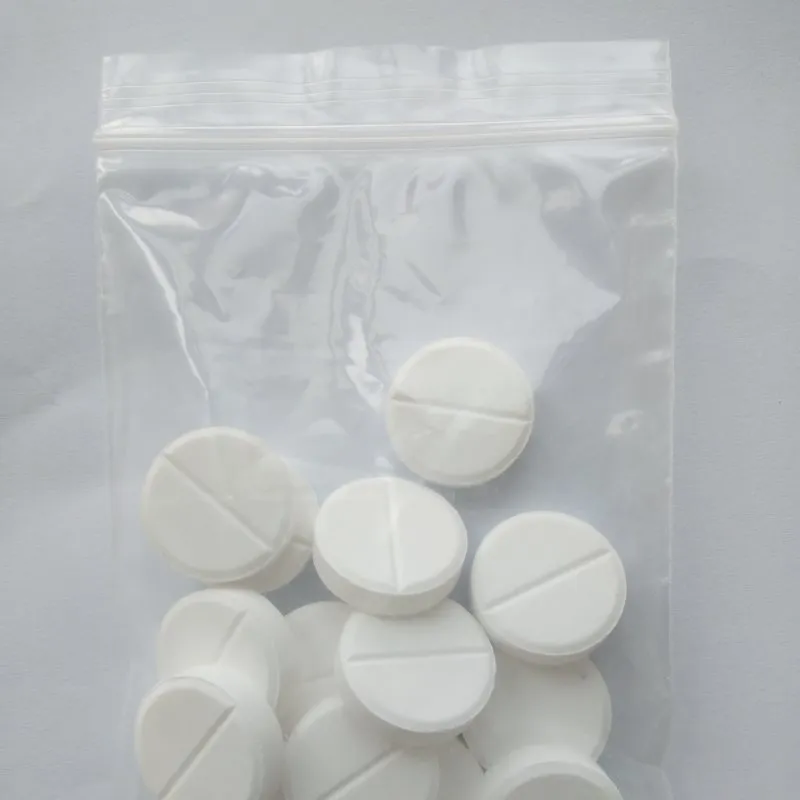



sodium hydroxide 10 sds
Sodium Hydroxide (NaOH) 10% SDS Safety Data Sheet Overview
Sodium hydroxide (NaOH), commonly known as caustic soda or lye, is an inorganic compound that is highly versatile and widely used in various industries, including pharmaceuticals, textiles, paper production, and cleaning agents. A 10% sodium hydroxide solution is a common preparation utilized for many laboratory and industrial applications. However, despite its usefulness, it also poses significant hazards that necessitate careful handling, storage, and disposal procedures. This article aims to provide an overview of the safety data sheet (SDS) for a 10% sodium hydroxide solution, emphasizing its properties, hazards, protective measures, and emergency procedures.
Chemical Properties
Sodium hydroxide is a strong base, appearing as a white solid or a colorless solution when dissolved in water. A 10% solution comprises 10 grams of NaOH in 100 milliliters of water, maintaining a pH level that can exceed 13, indicating its caustic nature. The solution is highly soluble in water and generates significant heat upon dissolution, a characteristic behavior of exothermic reactions. In addition, sodium hydroxide readily reacts with acids, creating neutralization reactions that can release heat and hazardous gases if not managed properly.
Hazards Identification
The SDS for a 10% sodium hydroxide solution identifies several hazards associated with its use. The primary health risks include skin and eye irritation, serious burns, and potential respiratory issues if aerosols are generated. Prolonged or repeated exposure can lead to severe damage to the skin and eyes, potentially causing permanent injury. Inhalation of sodium hydroxide mist can lead to respiratory tract irritation, coughing, and difficulty breathing.
Environmental hazards are also significant, as sodium hydroxide can be harmful to aquatic life if released into water bodies due to its high alkalinity. Consequently, it is critical to prevent spills and leaks that could lead to environmental contamination.
Protective Measures
Given the hazards, the SDS for a 10% sodium hydroxide solution outlines essential personal protective equipment (PPE) that should be worn during handling
. This includes1. Eye Protection Safety goggles or face shields should be utilized to protect against splashes. 2. Skin Protection Chemical-resistant gloves, long sleeves, and other protective clothing should be worn to prevent skin contact. 3. Respiratory Protection If there is a potential for aerosol formation or inadequate ventilation, appropriate respirators must be used.
sodium hydroxide 10 sds

Additionally, it is crucial to ensure that workspaces are equipped with safety showers, eyewash stations, and adequate ventilation to minimize exposure. Training personnel in the proper handling and storage protocols for sodium hydroxide is also an essential aspect of safety management.
Storage and Disposal
Sodium hydroxide should be stored in a cool, dry location away from incompatible substances, such as strong acids and organic materials. Containers must be clearly labeled, and secondary containment should be in place to avert spills.
Regarding disposal, the SDS specifies that sodium hydroxide should not be poured down the drain without neutralization. Instead, any unused or waste products should be disposed of according to local regulations, preferably through a licensed waste disposal service that can handle corrosive materials safely.
Emergency Procedures
In the event of an accidental exposure or spill, the SDS provides clear emergency procedures
- Skin Contact Immediately rinse the affected area with plenty of water for at least 15 minutes and seek medical attention if irritation persists. - Eye Contact Flush eyes with water for at least 15 minutes and seek immediate medical assistance. - Inhalation Move the affected person to an area with fresh air, and if breathing difficulties occur, seek medical attention. - Spills Evacuate the area, contain the spill using appropriate absorbent materials, and notify environmental safety personnel.
Conclusion
In conclusion, while a 10% sodium hydroxide solution is a powerful and useful chemical in various applications, its associated health and environmental hazards necessitate stringent safety protocols. Familiarity with the SDS for sodium hydroxide, understanding the potential risks, and following appropriate handling and emergency procedures can significantly reduce the chances of accidents and ensure a safe working environment. It is the responsibility of all individuals who work with sodium hydroxide to be aware of these guidelines and implement them diligently in their daily practices.
-
Why Sodium Persulfate Is Everywhere NowNewsJul.07,2025
-
Why Polyacrylamide Is in High DemandNewsJul.07,2025
-
Understanding Paint Chemicals and Their ApplicationsNewsJul.07,2025
-
Smart Use Of Mining ChemicalsNewsJul.07,2025
-
Practical Uses of Potassium MonopersulfateNewsJul.07,2025
-
Agrochemicals In Real FarmingNewsJul.07,2025
-
Sodium Chlorite Hot UsesNewsJul.01,2025










